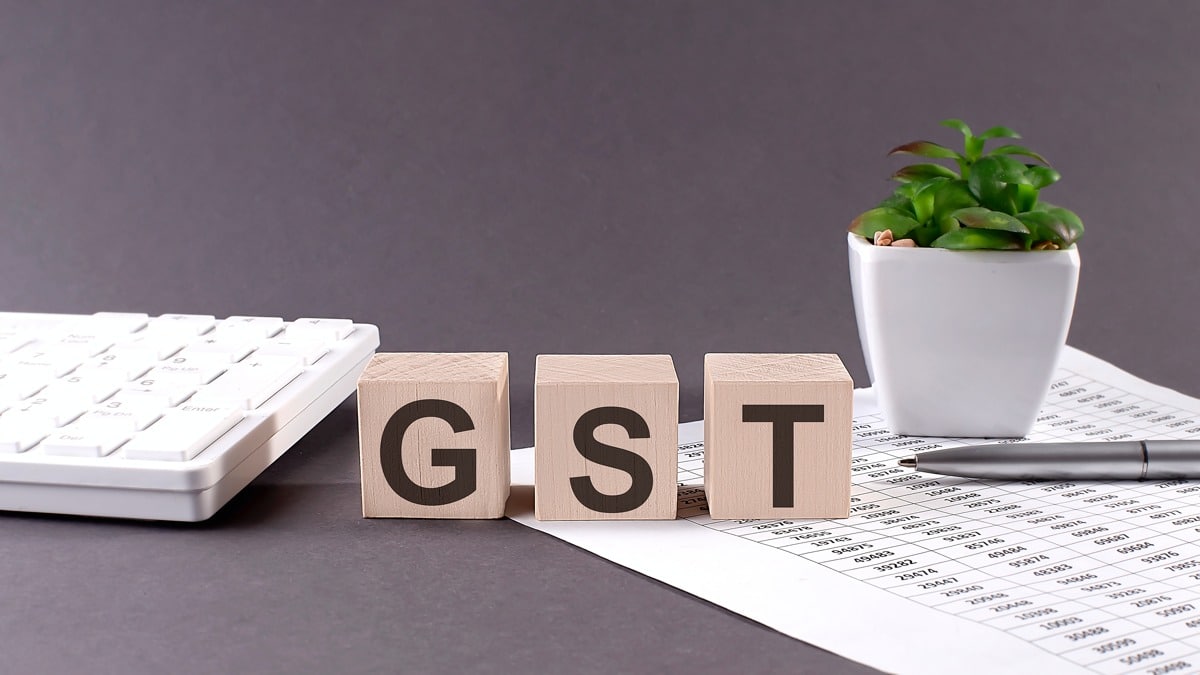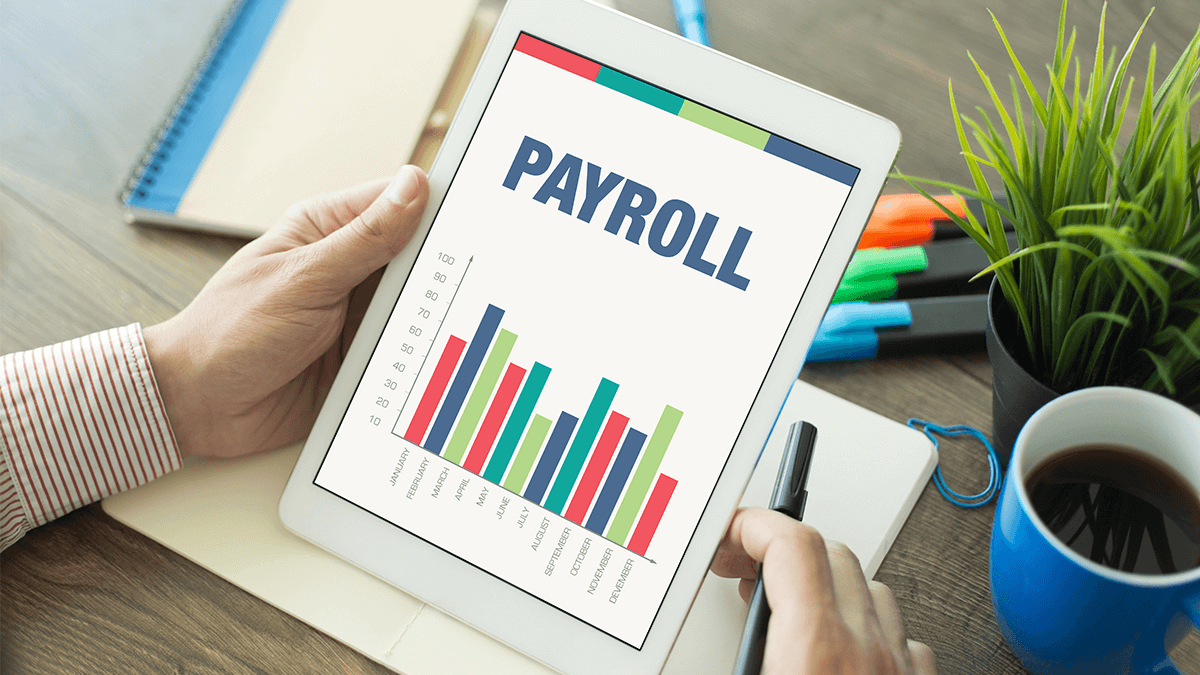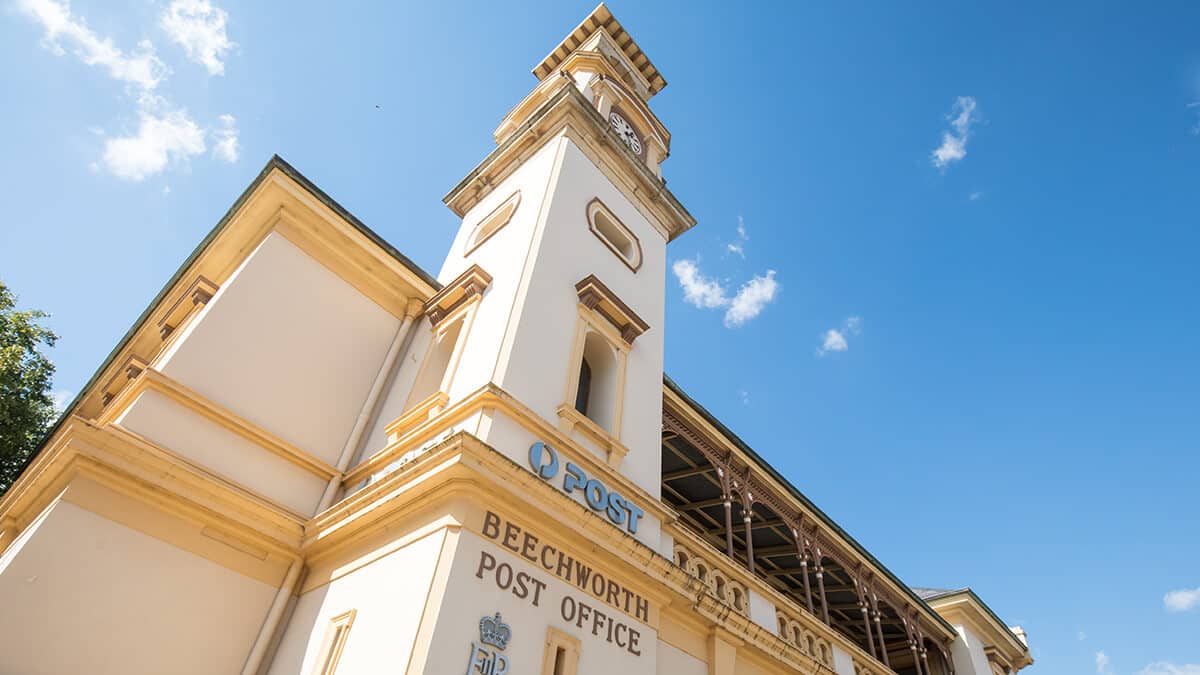In this guide
It was another big year. As lockdowns are faded into the distance, high inflation and high interest rates took their place to make 2024 a difficult year for many, with belt tightening across the board.
As you pause for breath over the summer break, this is a time to start thinking about your financial fitness for the year ahead. While budgeting may be a focus, don’t forget to prioritise your superannuation as well.
If you put in a little effort now to make sure your self-managed super fund (SMSF) is in good shape, you will reap the benefits over the next 12 months.
So, what are some key resolutions to consider for your SMSF in 2025?
1. Resolve to keep on top of your investment strategy
The beginning of the year is a good time to dust off your investment strategy and consider whether it still meets your needs.




























